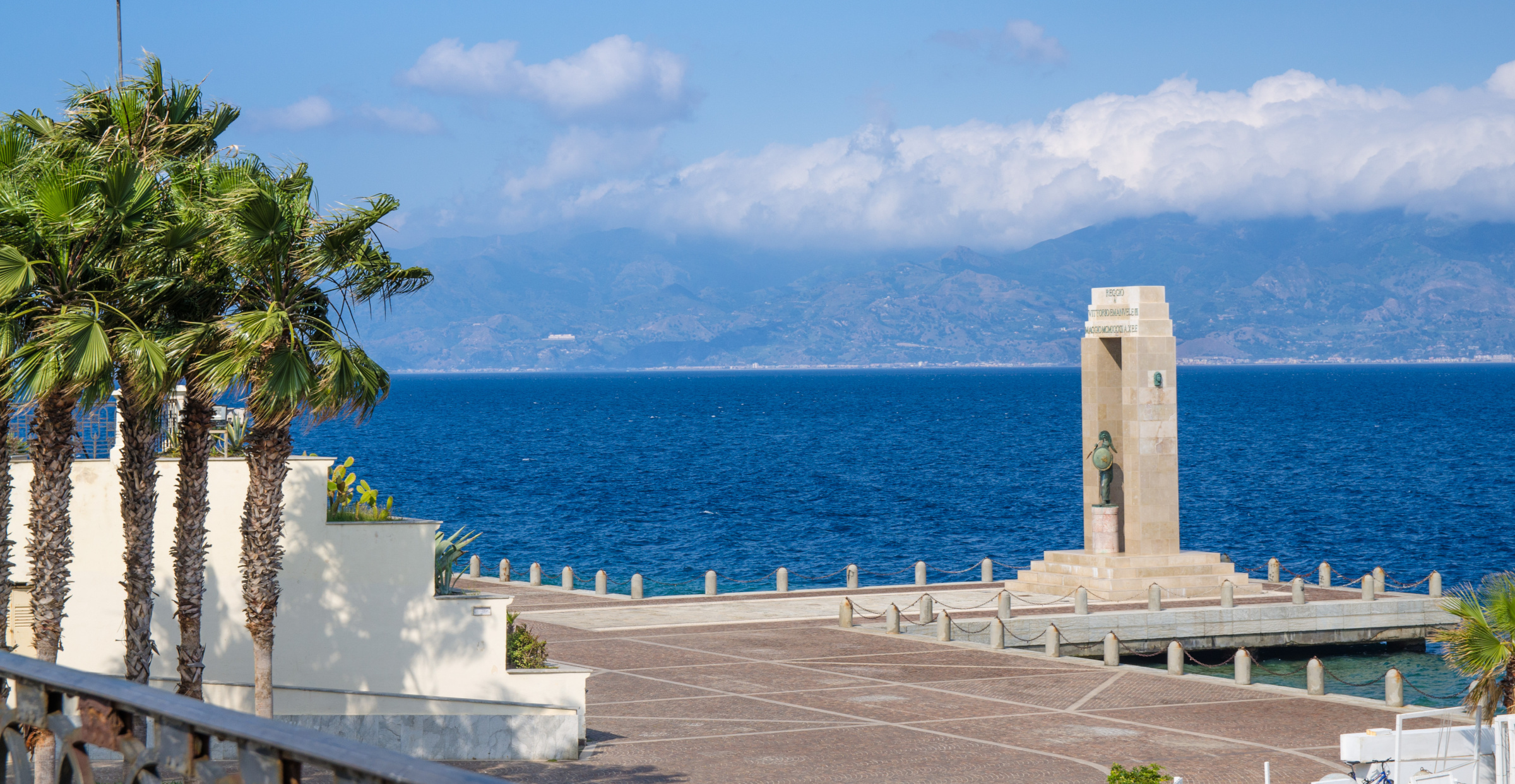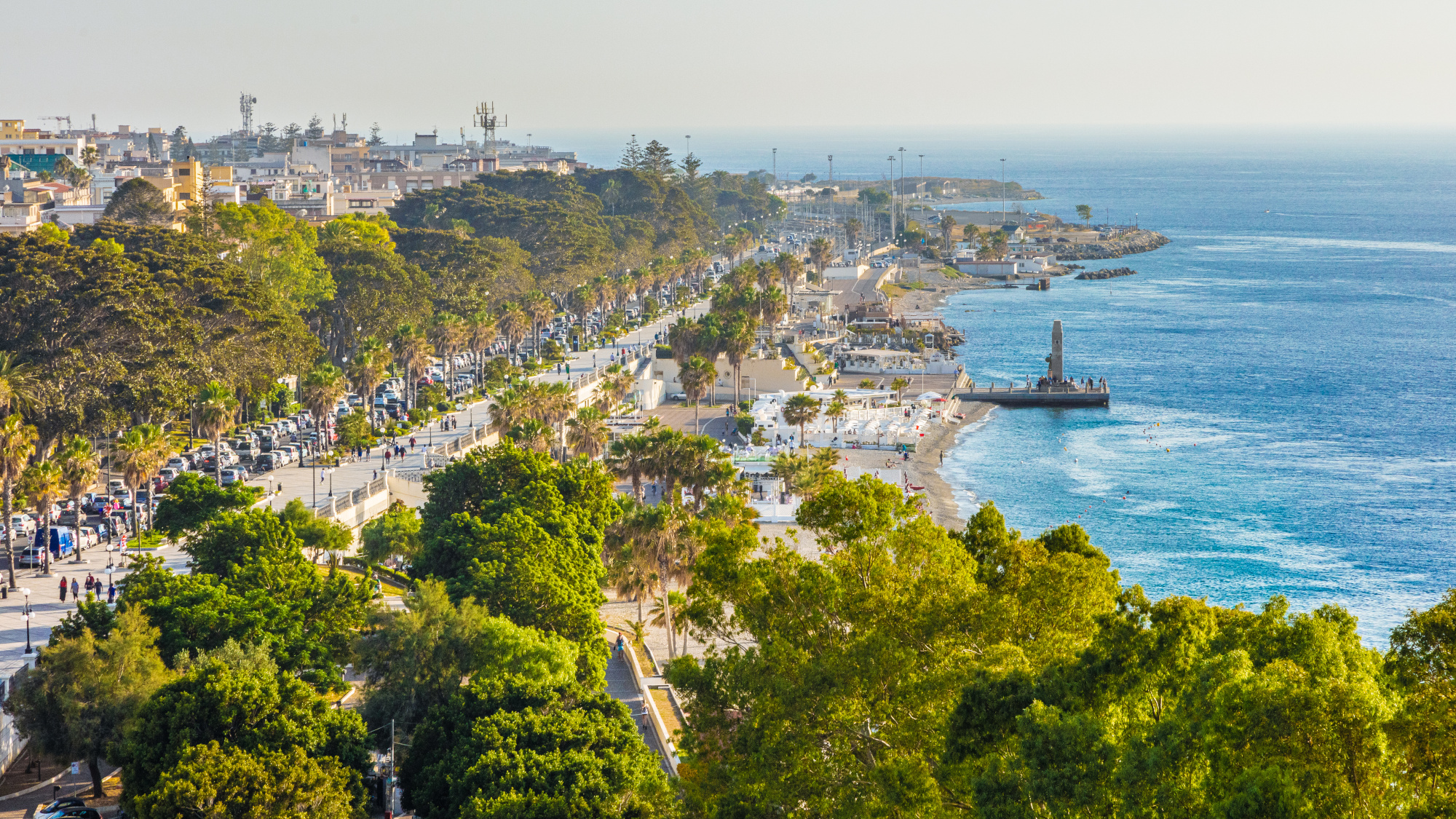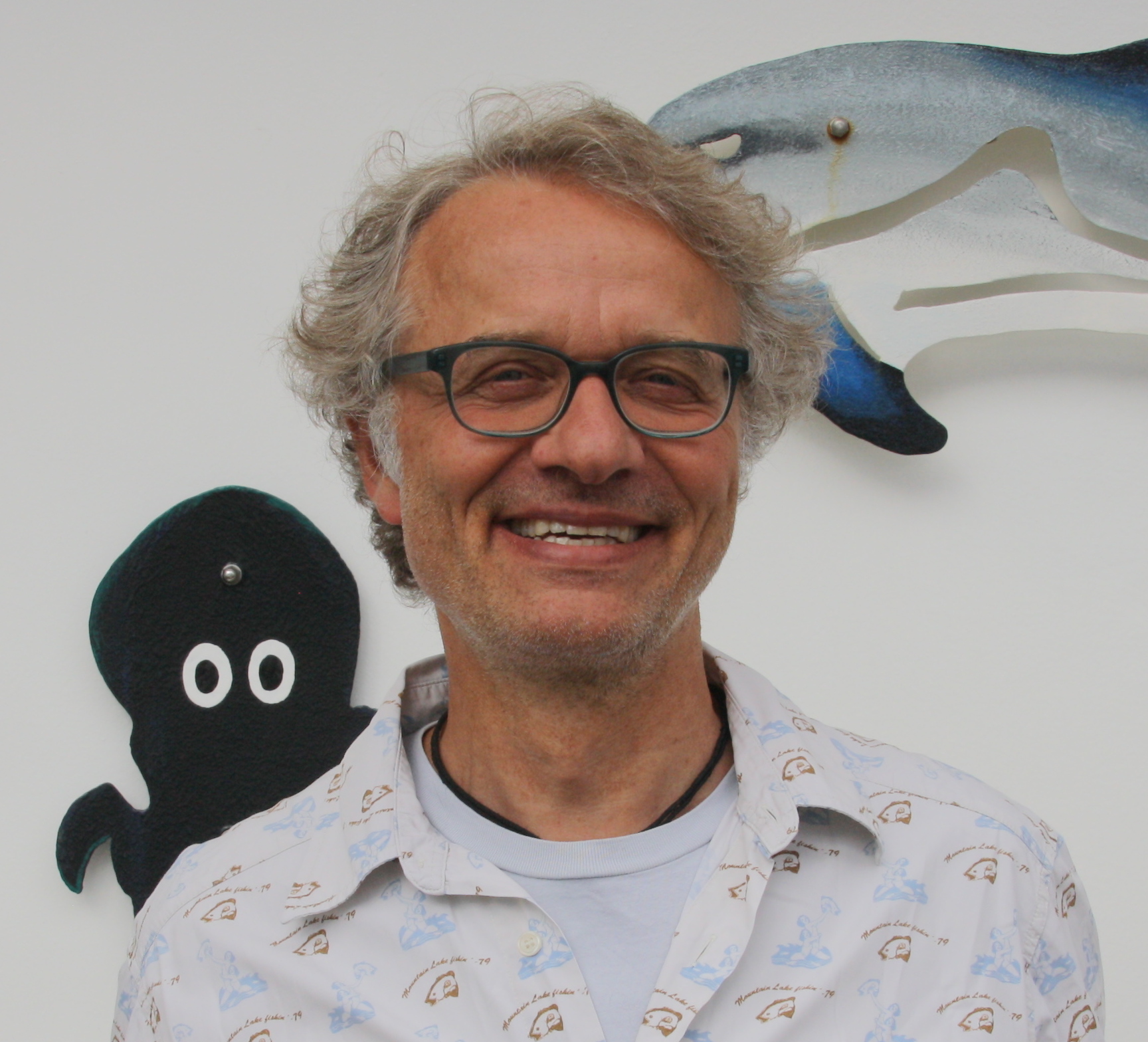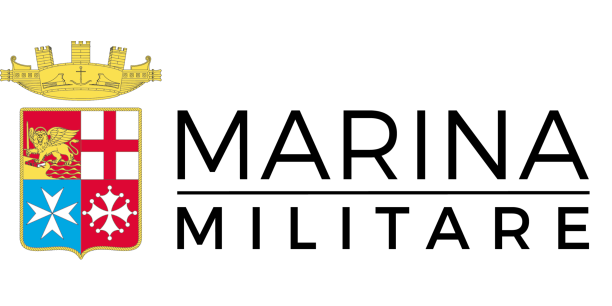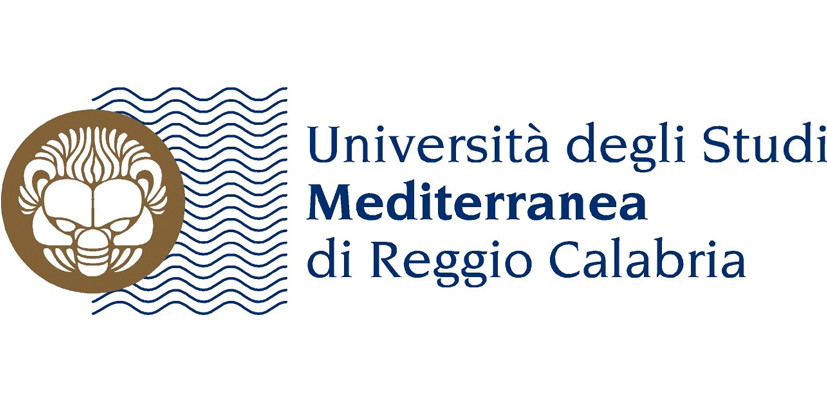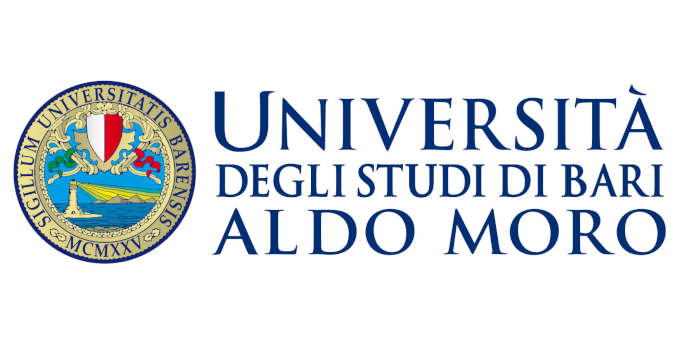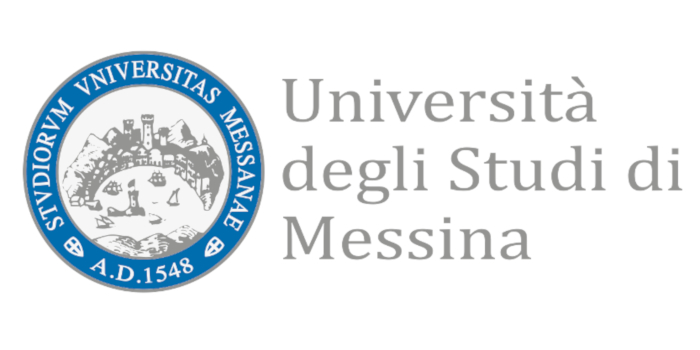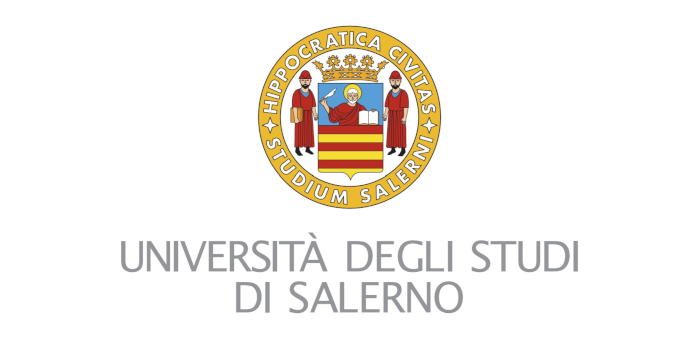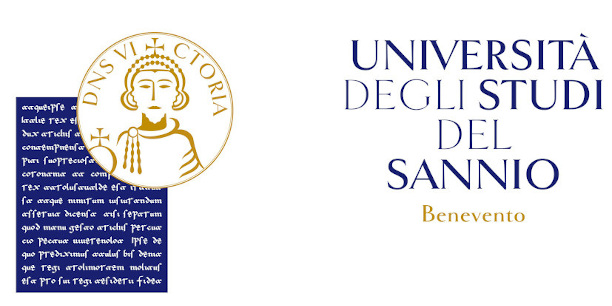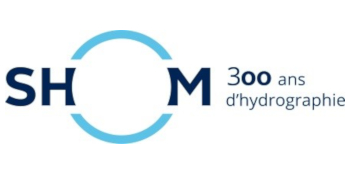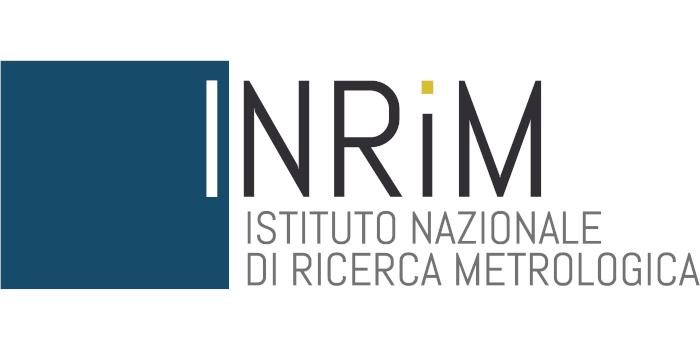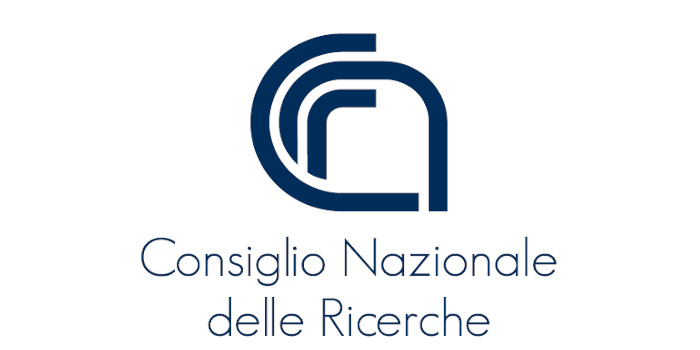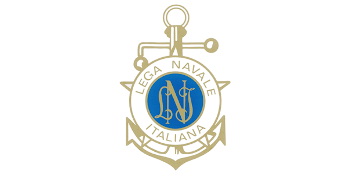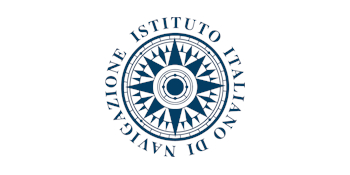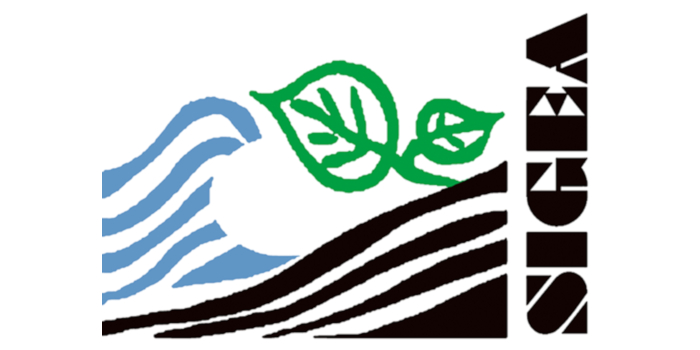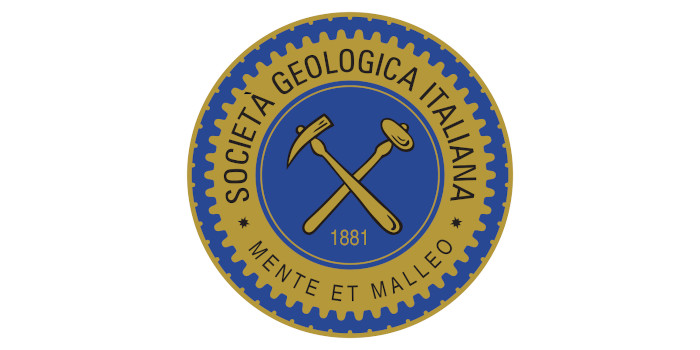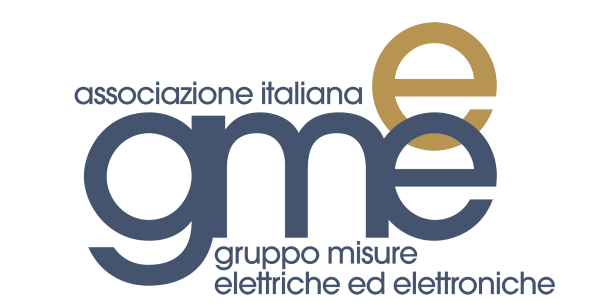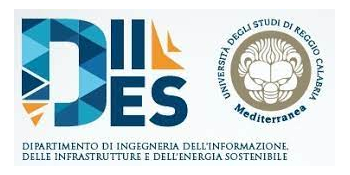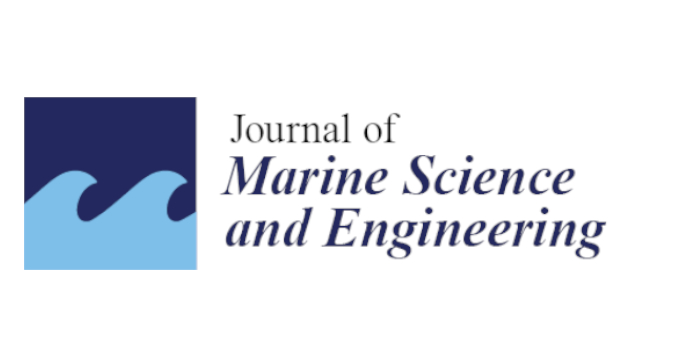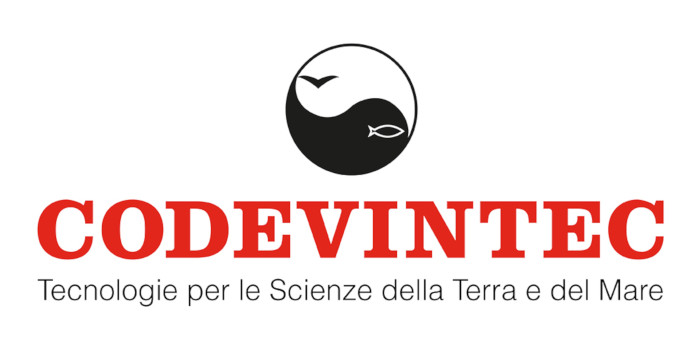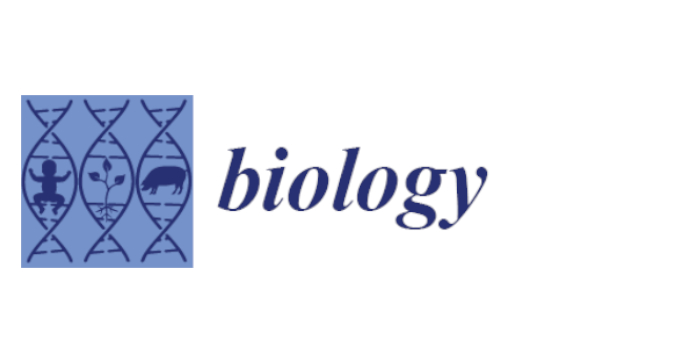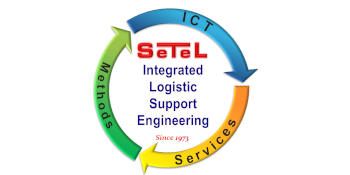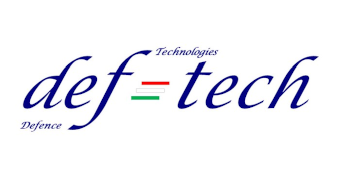The synergy between Ocean Standards and Best Practices
ORGANIZED BY
Johannes Karstensen
GEOMAR Helmholtz Centre for Ocean Research Kiel
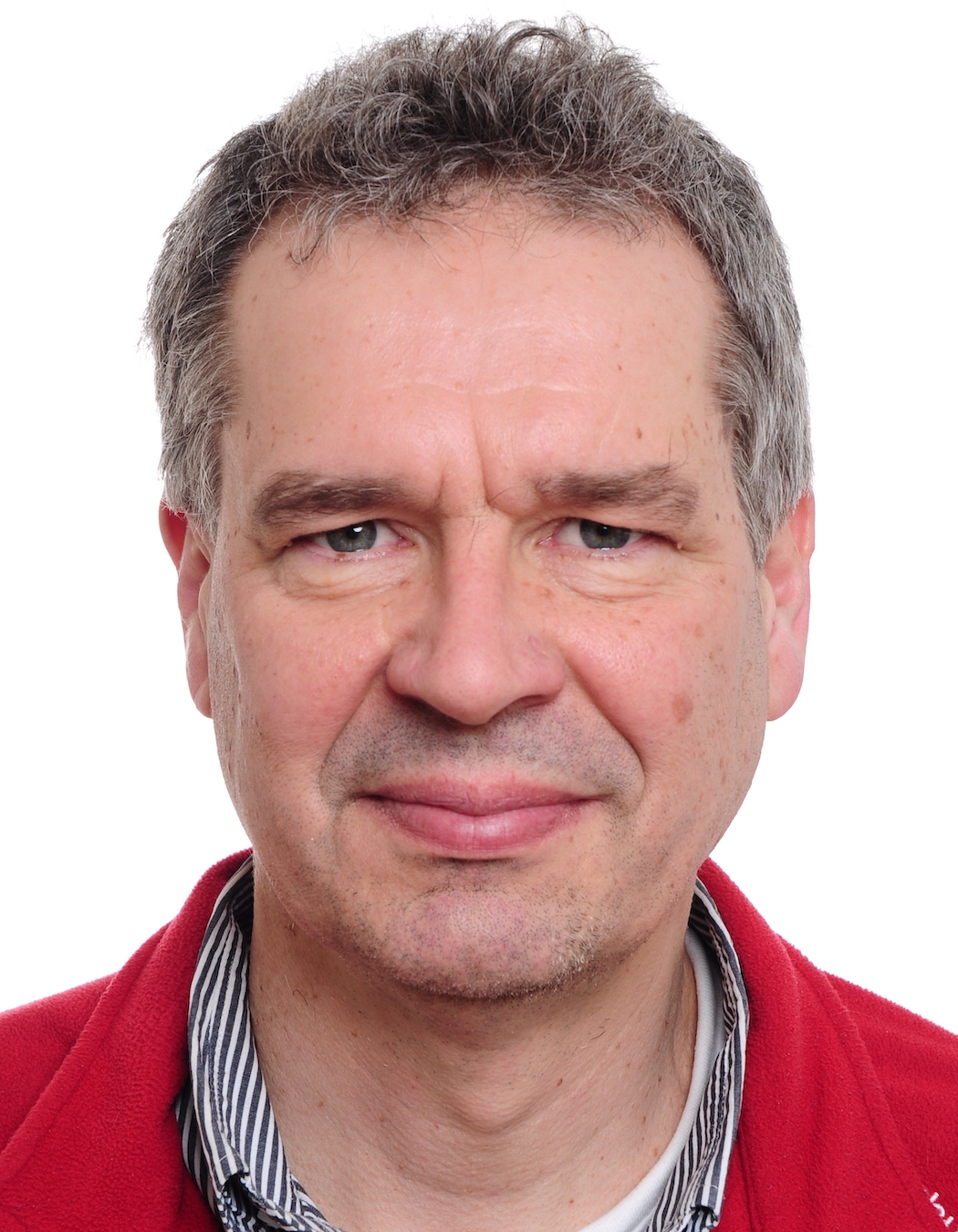
Eric Achterberg
GEOMAR Helmholtz Centre for Ocean Research Kiel
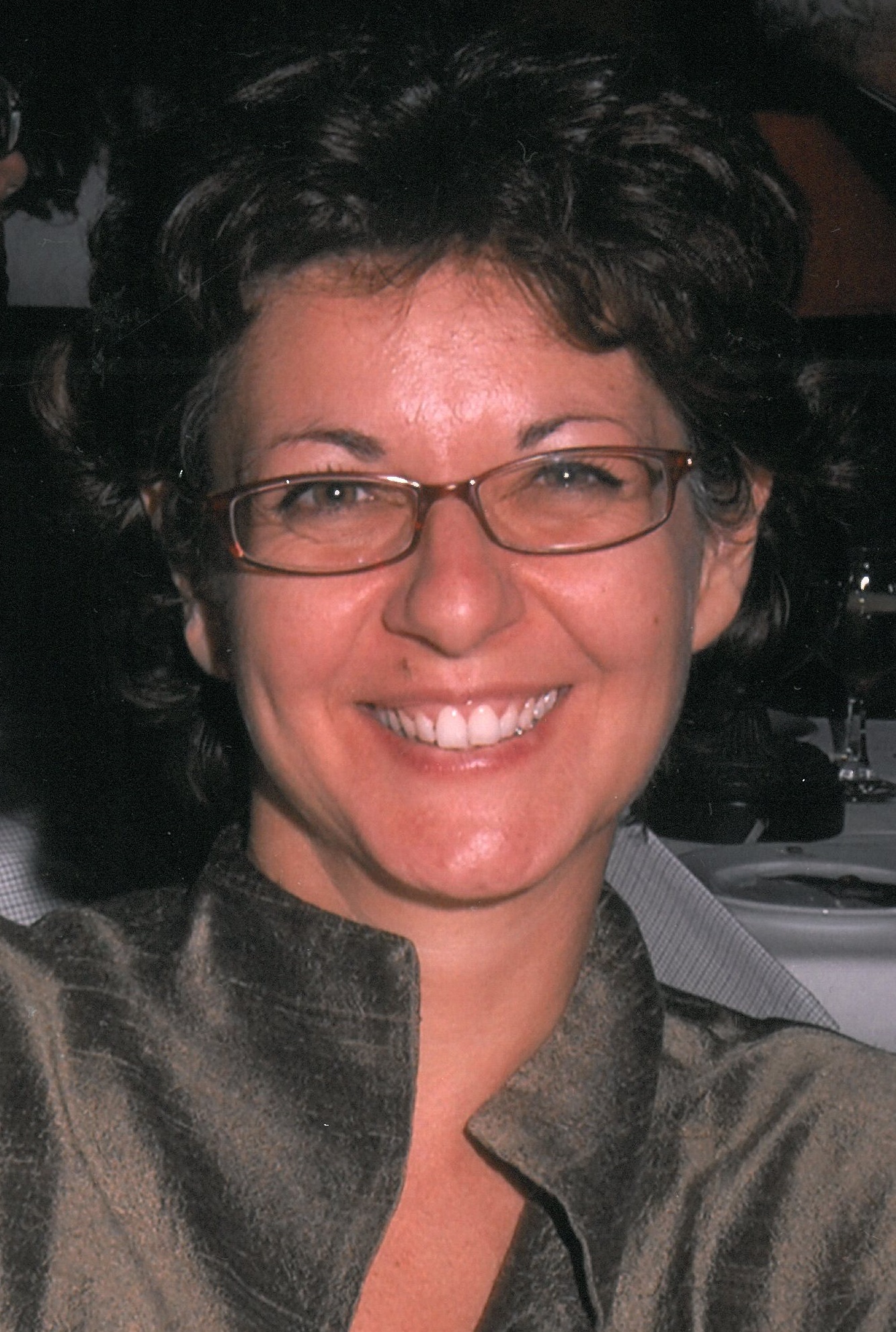
Paola Fisicaro
Laboratoire national de métrologie et d'essais (LNE)
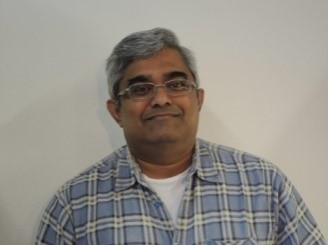
Rajesh Nair
Istituto Nazionale di Oceanografia e di Geofisica Sperimentale - OGS
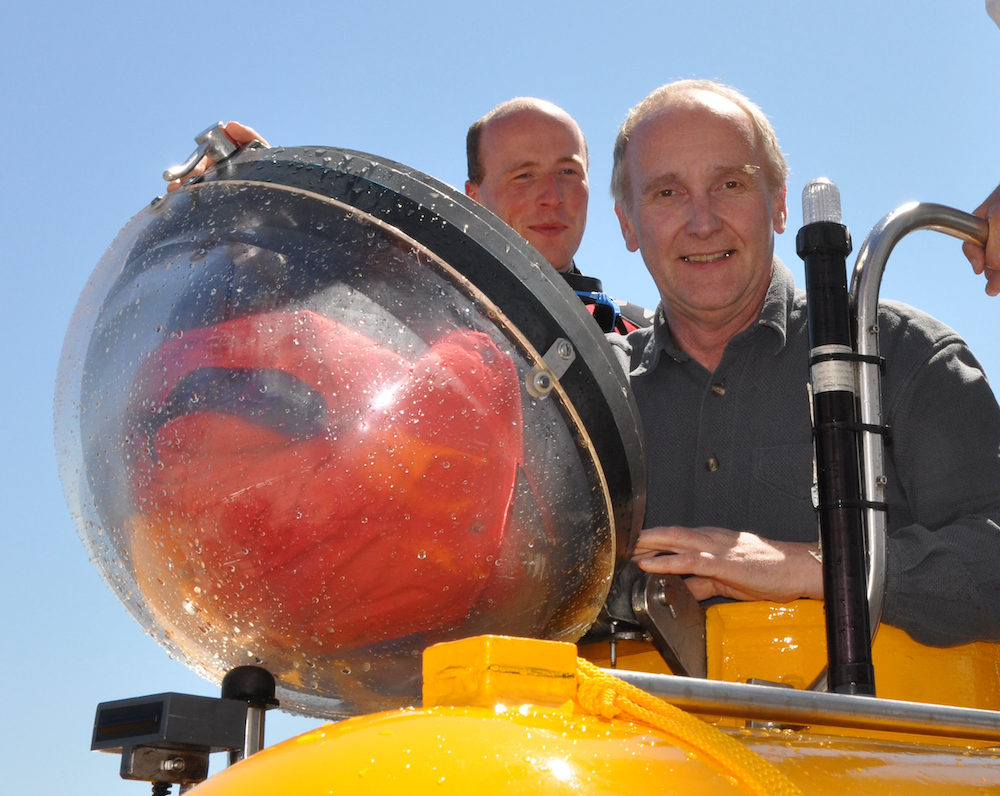
Christoph Waldmann
University of Bremen/MARUM
ABSTRACT
In order to make marine data, products and metadata usable on a broad level, it is necessary to create agreement on practices that allow for a harmonization of the collection and distribution of data. These practices should, if possible, be established and accepted by international groups in order to ensure their widespread use. Other criteria that could be considered as important for the standardisation of best practices are, for example, that they are accessible to everyone or that practices contain alternative application possibilities that consider the often different technical and personnel possibilities on site.
Attracting expert groups, and with broad international participation, in the development of methodologies will ensure a rather universal acceptance and as such the uptake by communities. The documentation of practices and methodologies can be through text or/and other media (e.g. video) and often is called Best Practice (BP), Good Practice, or Standard Operating Procedure (summarized here as BP). A regular update of BP documentation is required to address technological advancements and varying user expectations.
BP should make use of standardized reference points. In a metrology framework standards are defined, and can be verified, against reference objects. Certified Reference Materials (CRMs) exist to ensure quality and metrological traceability of products in order to ensure highest level of universal comparability. Application of CRMs is rather specialized and for example an accreditation of laboratories that can apply CRMs is required. For practical applications what is more often used is Reference Material (RM), that does not meet all criteria of CRM (e.g. traceability in a metrological framework) but ensure a high level of comparability. Beside the material that is used in processes it also is making use and eventually developing standard application procedures. The International Standard Organization (ISO) releases guidelines that describe for example application procedures such as ISO Guide 33:2015 which describes the use of RM (and CRM) in measurement processes.
TOPICS
In this session, the possibilities of synergies between standards and BP will be discussed.
Topics that could be included are:
- What are the opportunities to use (C)RM or ISO guides in marine BPs?
- Do we have an overview about current use of Standards (e.g. ISO, CRM) in marine science?
- How can the exchange between marine BP creators and Metrology be improved?
The session format will include keynote presentations to introduce the session Topics and inspiring discussions among all session participants. Next steps to move the synergy between BP and Standards forward will be identified.
ABOUT THE ORGANIZERS
Johannes Karstensen is a sea-going physical oceanographer (PhD 1999 University of Hamburg) and worked at LDEO of Columbia University, USA, and University of Concepcion, Chile before he moved to Kiel in 2002 to start a scientist position at the Helmholtz Centre for Ocean Research Kiel (GEOMAR). His major research interests address the broad range of processes that control the ocean circulation of mass and heat and other properties from the large scale to the submesoscale, making use of observational data from the ocean and the atmosphere. His regional focus is the subpolar and the tropical Atlantic. J. Karstensen is chair of the OceanSITES global ocean Eulerian time series station network, and co-chair of the IOC Ocean Best Practices System (OBPS) steering group. He is a member of the global OceanGliders executive team and an alternate German delegate for the ICES SCICOM.
Eric Achterberg completed his MSc in environmental chemistry at Wageningen University (Netherlands), before moving to Liverpool (UK) to complete his PhD in chemical Oceanography. He has held academic positions in Plymouth and Southampton (NOC) before moving to GEOMAR in Kiel (Germany) in 2013 as a Professor in Chemical Oceanography. The research interests of Eric Achterberg are the marine biogeochemistry of trace metals (including speciation), carbon, major ions, nutrients, and their interactions with organisms, and the oceanic carbonate system and ocean acidification. This includes development of novel analytical and metrology techniques, including chemical sensors, and their application to biogeochemical studies. Recent activities include assessment of the release, distribution and fate of chemical compounds related to historic munitions deposited on the seafloor in coastal waters following world wars I and II.
Paola Fisicaro is the head of the Inorganic Chemistry Department at LNE. Her activities focus on the development of metrological references, aiming to contribute to the implementation of EU Directives or International Policies as well as to the dissemination of the measurement capabilities to laboratories to ensure the comparability of their measurement results.
She is the vice-chair of the European Metrology Network for Climate and Ocean Observation in charge of the Ocean Observation section.
Rajesh Nair has more 30 years of experience in Oceanography and the Marine Sciences, with a strong experimental background, extensive field skills and “hands-on” knowledge of a wide variety of marine instrumentation. As part of the permanent staff of the Centro di Taratura e Metrologia Oceanografica (CTMO), the oceanographic calibration and metrology laboratory of the Istituto Nazionale di Oceanografia e di Geofisica Sperimentale (National Institute of Oceanography and Applied Geophysics) - OGS (Italy) which he helped set up in 2002, his present activities and interests focus on marine observing technologies, including calibration, control and testing of instrumentation, and the application of metrological principles to measurement quality assurance both in the laboratory and in the field. Mr. Nair is actively involved in marine research at both the national and EU levels, and internationally.
Dr. Christoph Waldmann is working as a group leader at the Center for Marine Environmental in Bremen, Germany, for now over 24 years. In 1996 he began his career with MARUM where he led the development of autonomous operating underwater platforms for long-term deployments. He has been a member of the IEEE Oceanic Engineering Society since 1986 and is now serving as the Chair of the OES Standing Committee on Standards. Since 2018 he has served as a Member of the Advisory Board of the NOAA/IOOS program QARTOD. He is also a member of the WMO Expert Team on Measurement Uncertainties and a member of the GEO Blue Planet Steering Committee. He was involved in a number of international projects that aimed at standards development and coordination of international efforts.
